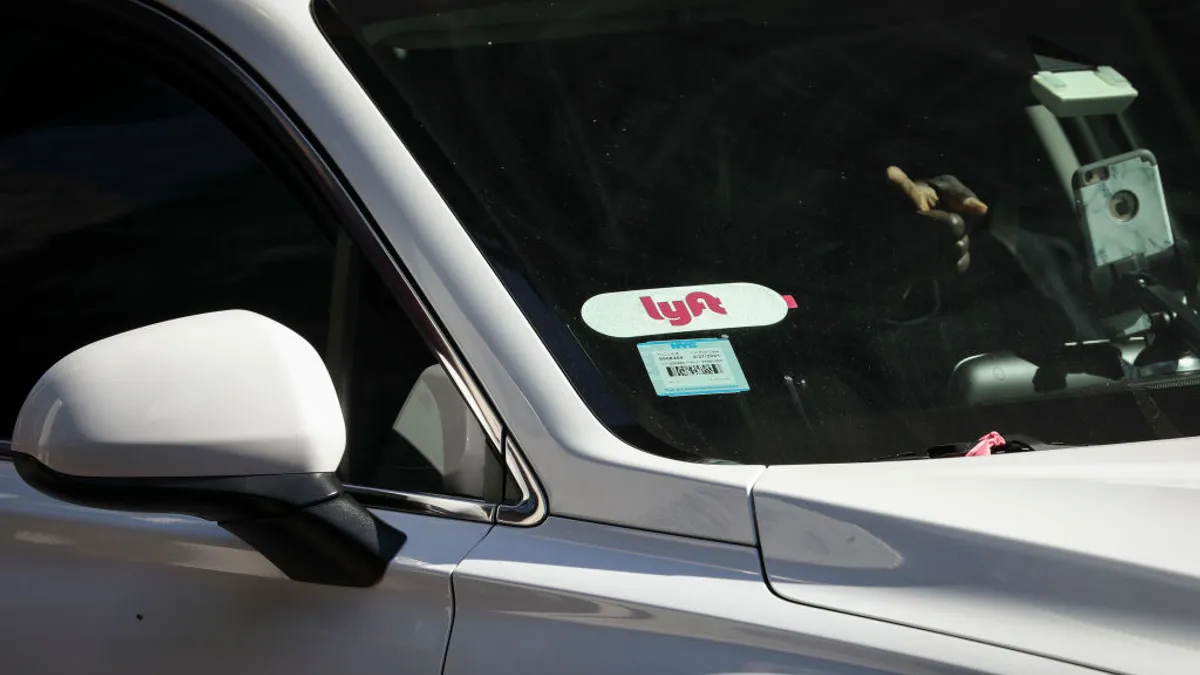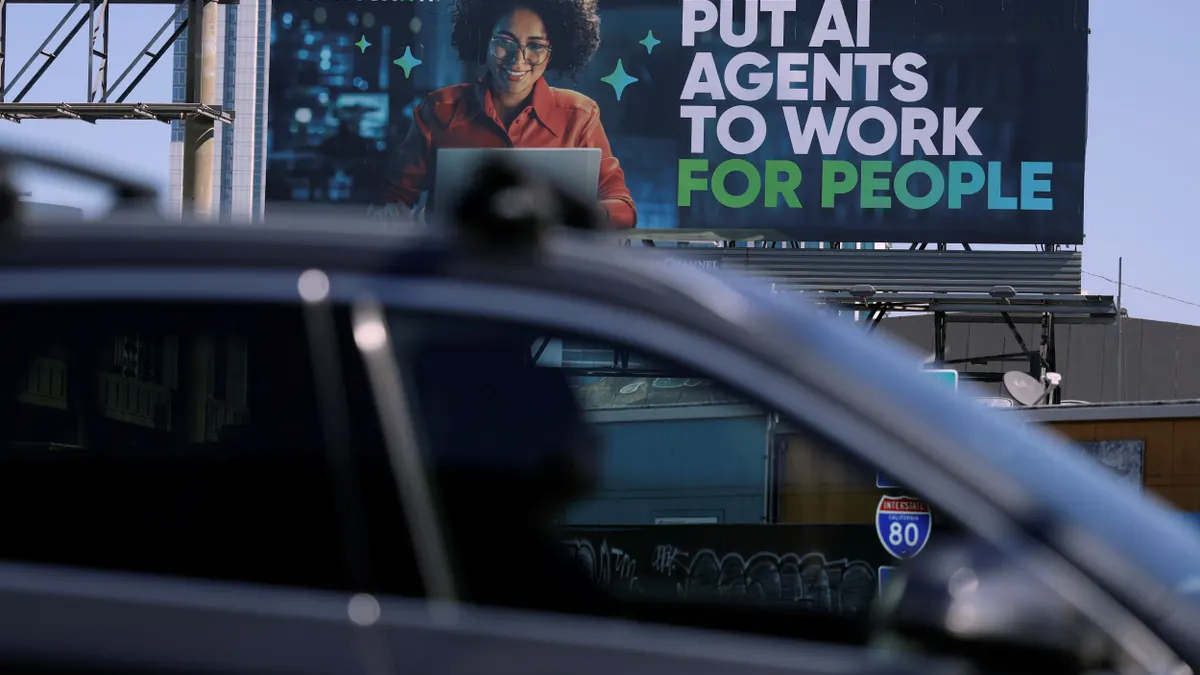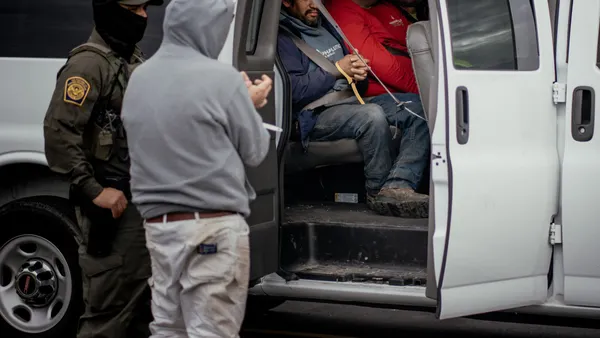The first question Lyft CEO David Risher asks when a new idea arises is whether it’s compelling enough to change the experience for Lyft’s customers — and whether the change is big enough or broad enough to make it profitable.
“Can it touch millions of people?” Risher said in a session during a Harvard Business Review digital event last week. “Or is it something that maybe a smaller group of people care about, but they care about so much that the impact is outsized?”
Lyft averages 2 million rides every day, and 800 million rides annually, according to Risher. The sheer noise in a data set of this size puts a limit on how much analytics can inform a customer-focused strategy, he said.
Instead, Risher believes in the power of lived experiences — in Lyft’s case, having people who usually work in an office hailing rides or working as drivers themselves. Putting managers in the literal driver’s seat is one of the best ways to learn about the customer, Risher said.
“It's so tempting, I think, to sit at your desk and look at the numbers,” Risher said. “And while you can use that to size up opportunities and maybe prioritize, you very rarely get the real insight that leads to the breakthrough just by looking at the analytics.”
Risher gets behind the wheel himself once every six weeks on average. It was one of Risher’s driving experiences that catalyzed the launch of Price Lock, a subscription program that lets customers avoid paying elevated surge pricing, according to Risher. A rider on one of his shifts said she would wake up early to check Lyft’s prices that day, and if it was too high, she’d check competitors’ prices or skip the ride altogether.
“That conversation really got me understanding how frustrating what's called surge pricing is to people,” Risher said.
Price Lock, which launched last September, is small but growing. By February, the option had attracted about 1.6 million rides since launch, but 70% of users renew their subscriptions month after month, according to Risher on a February Q4 2024 earnings call.
Formulating improvements
Lyft also spends time exploring how the company can improve the driver experience to improve the customer experience. The Lyft experience starts the moment a customer opens the app, and driver interactions are an even bigger part of that experience, according to Risher.
One way Lyft’s leadership sharpens their knowledge is through regular roundtables where drivers from a specific city can discuss what they like or dislike about the platform, according to Risher. This helps the company find small changes that can have an outsized impact.
During one meeting with a dozen New York City drivers, a woman brought up that she was having trouble with bathroom breaks, Risher said. It was often hard to find a safe, clean place to go while driving through an unfamiliar area.
This conversation led to the launch of Lyft’s Restroom Finder last fall, which displays nearby bathrooms for Lyft drivers and provides information on details like lighting and parking availability by crowdsourcing drivers’ input.
“It probably only affects a small number of drivers in a deep way, but for those drivers, it's really important,” Risher said.
Lyft is also exploring ways to improve the employee experience and educate drivers on a larger scale. Lyft has developed an AI support tool for drivers and customers that quickly answers questions in partnership with Anthropic.















